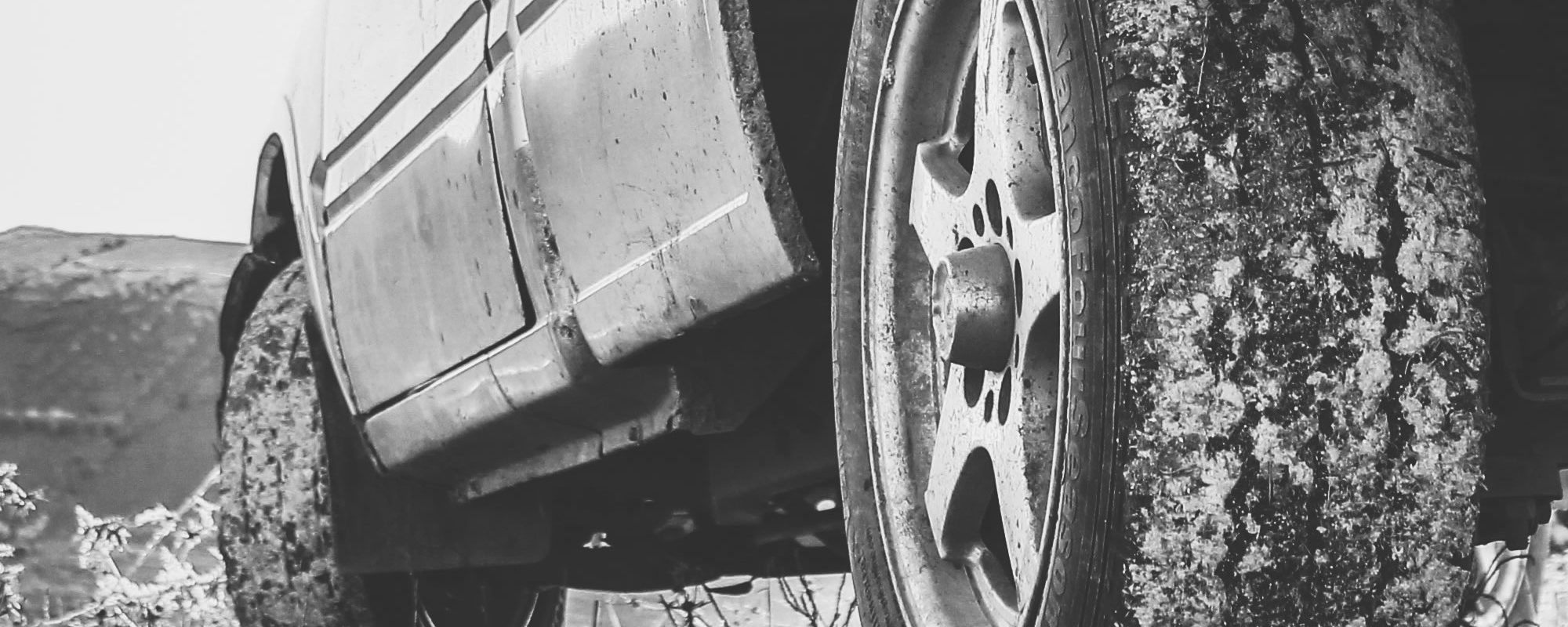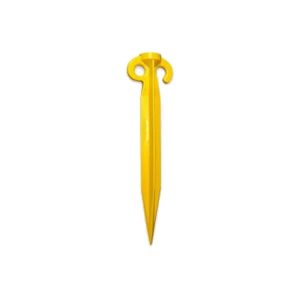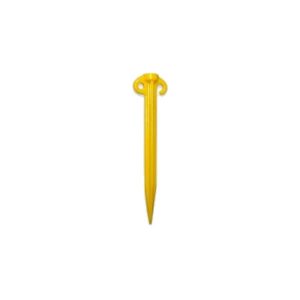Off-roading with low-profile or wide tyres – what tyre size is actually better?
This is a contentious subject. Some people love low-profile tyres and others hate them. So who’s right? Read on to find out!
Tyre choose on our 4WD’s is a very personal thing. If you need any proof of that, just go into any online forum/group/page/etc and ask”what’s the best tyre that I can buy?”. You’ll get 100 people offering 1,000 different opinions.
One thing that almost everyone agrees on is that you should get tyres with the highest profile (or tallest sidewall) that you can. So why is this? Tyre profiles have been decreasing over the years, and most larger 4WD wagons are coming out with big-diameter rims and low-profile tyres. If it’s good enough from the factory, it’s good enough for us, right? Well, to be honest… no.
Over the years the “acceptable” sizing for off-road tyres has changed from something that’s 100% utilitarian and 0% about the looks to anywhere from a 50/50 split (at best). We all know someone with a mall-cruiser that has the big blingy wheels and tyres that you can barely see from the side. They always say “it looks so great”, and we do agree that in some cases it can. The problem is that that sort of wheel and tyre combo just can’t go offroad.
Tyres in the old days
The best examples of this that we can give is to go and look at the old Jeeps that were used in the various wars in the 50 and 60’s. The tyres on these were on tiny split rims so they had huge sidewalls and thin tread. We know that it worked in those days because they always got where they needed to go.
Tyres in modern days
Since then, 4WD tyres have gotten larger. Manufacturers have been using larger diameter rims to allow for better on-road performance as well as allowing bigger and better brakes (which is something that we’re happy about). Couple this with the desire for people to “stand out”, tyre widths have also gone wide. These days it’s nothing to see a 285 tyre as small, while people regularly run 305 or wider. While this can look really aggressive, in a lot of cases it just makes it harder for you car to roll, costing you more in fuel.
How does tyre width affect driving?
On-road
When you’re driving on a good sealed road, a wider tyre will normally offer a larger contact area, meaning greater grip. I say normally there because there’s a few times it does’t. The main times when it doesn’t is when it’s raining, or when your car isn’t heavy enough (yes, I know that’s not likely for some of our readers, but still…). In the rain, a wider tyre has a much harder time trying to push the water on the road out of the way, so there’s a greater risk of aquaplaning and losing control. If your car is too light, you won’t have enough down force to keep the tyres firmly planted on the ground and the slightest acceleration (or braking) will break traction.
Off-road
When you’re offroad, it’s all about what terrain you’re in. If you’re driving a lot of mud bogs or salt pans a wider tyre can help with flotation as well as distributing the downward pressure over a larger area, which puts less force to the ground and can really help you “float” across brittle areas that other vehicles may crack through.
If you’re driving on hard sand, the same goes. The wider footprint will give you less resistance.
When you’re driving in soft sand or uneven busted up terrain, a more narrow tyre will be better. In soft sand, your tyres push the sand forwards before it gets pushed out, so the wider your tyres are the more work you have to do to push the sand out. This really does make it harder for your car.
How does a tyres profile affect driving?
On-road
Low profile tyres work well on roads – most of the time. A lower profile tyre means that the tread area is closer to the wheel, so there’s less movement and less flex of the tyres sidewall itself, meaning that you get greater responsiveness and normally better performance and cornering. The trade-off is that the lower you take your tyres profile, the more you’ll feel bumps, rocks and anything else that you have to roll over every day.
Off-road
When you’re off road the general rule is that the bigger the sidewall, or higher the profile, the better you’ll be. The reasons for this is that a bigger sidewall gives you to things: more height under your diffs, and a larger contact are when you air down.
So, what should I use?
This is where we know we’ll get told that we’re wrong. We’re happy with that, and we love to hear your thoughts on these issues too. If you do disagree, leave a comment and let us know why.
Our recommendations are to buy a tyre that suits what you want to do with it.
What we normally work on is to look at the tyre size that your vehicle is supplied with. If it comes from the factory with 265–wide tyres, stick with 265 wide. If it comes with 225, stick with 225. You can go more narrow if you want, but be careful to match the tyre width to your rim widths as well. For sidewall profiles, go as tall as you can while keeping it legal and you’ll get the best off-road performance out of your tyres.





